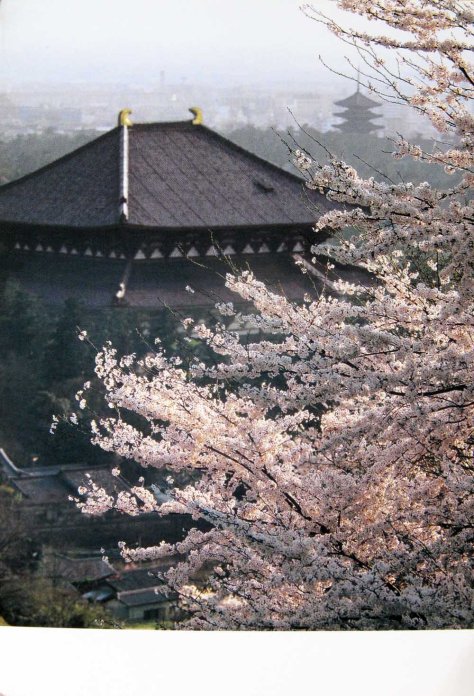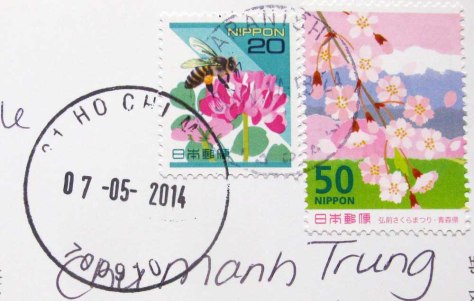 The revenge of the forty-seven Ronin took place in Japan at the start of the 18th century. One noted Japanese scholar described the tale, the best known example of the samurai code of honor, bushidō, as the country’s “national legend.” The story tells of a group of samurai who were left leaderless (becoming ronin) after their daimyo (feudal lord) Asano Naganori was compelled to commit seppuku (ritual suicide) for assaulting a court official named Kira Yoshinaka, whose title was Kōzuke no suke. The ronin avenged their master’s honor by killing Kira, after waiting and planning for a year. In turn, the ronin were themselves obliged to commit seppuku for committing the crime of murder. This true story was popularized in Japanese culture as emblematic of the loyalty, sacrifice, persistence, and honor that people should preserve in their daily lives. The popularity of the tale grew during the Meiji era of Japanese history, in which Japan underwent rapid modernization, and the legend became entrenched within discourses of national heritage and identity. From Wikipedia, the free encyclopedia.
The revenge of the forty-seven Ronin took place in Japan at the start of the 18th century. One noted Japanese scholar described the tale, the best known example of the samurai code of honor, bushidō, as the country’s “national legend.” The story tells of a group of samurai who were left leaderless (becoming ronin) after their daimyo (feudal lord) Asano Naganori was compelled to commit seppuku (ritual suicide) for assaulting a court official named Kira Yoshinaka, whose title was Kōzuke no suke. The ronin avenged their master’s honor by killing Kira, after waiting and planning for a year. In turn, the ronin were themselves obliged to commit seppuku for committing the crime of murder. This true story was popularized in Japanese culture as emblematic of the loyalty, sacrifice, persistence, and honor that people should preserve in their daily lives. The popularity of the tale grew during the Meiji era of Japanese history, in which Japan underwent rapid modernization, and the legend became entrenched within discourses of national heritage and identity. From Wikipedia, the free encyclopedia. 
From Nara, Japan
Travel from June 25 to June 30
Thanks Noriko !




























